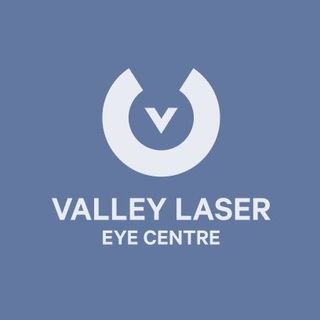A refractive lens exchange is a surgery that corrects vision by removing the eye’s natural lens and replacing it with an artificial lens. This surgery is typically done to treat presbyopia (age-related farsightedness) and cataracts (clouding of the natural lens).
During a refractive lens exchange, the surgeon makes small incisions in the eye and carefully removes the natural lens. Once the natural lens is removed, the artificial lens is placed in the eye. This is usually made of a transparent plastic material called silicone.
What Are the Different Lens Options?
The most common type of lens used in refractive lens exchange is the artificial intraocular lens (IOL). IOLs are typically made from silicone and acrylic. The IOL right for you will depend on your individual vision needs.
For example, if you are primarily concerned with correcting myopia, then a monofocal IOL may be a good option. Monofocal IOLs provide good distance vision but do not correct for presbyopia. If you are interested in correcting both myopia and presbyopia, then a multifocal IOL may be a better option.
What Does Refractive Lens Exchange Recovery Look Like?
Immediately after your surgery, your vision will be blurry, and you may experience discomfort. Your doctor will likely prescribe you some eye drops to help with this. It is essential to use these as directed.
Within the first few days, your vision should start to improve. However, your image will take a few weeks to recover fully. During this time, you may still experience some fluctuations. During recovery, it is common to experience some dryness, irritation, and redness in your eyes.
Overall, the recovery process from RLE is typically pretty straightforward. Most people can return to their normal activities within a few weeks. However, following your doctor’s instructions and taking things easy is essential.
What Can You Do for Better Healing Process after Refractive Lens Exchange?
1. Follow Your Surgeon’s Instructions
This may seem like a no-brainer, but following your surgeon’s post-operative instructions is essential. This will help you heal more quickly and avoid any complications.
2. Take It Easy
After RLE, your eyes will be sensitive, and you will need to take it easy for a few days. Avoid strenuous activity and give your eyes plenty of rest. You may also experience mild side effects, such as bruising or redness around the treatment area. These should resolve within a few days.
3. Use Artificial Tears
After RLE, your eyes may be dry and irritated. Using artificial tears can help keep your eyes lubricated and comfortable. However, if you experience persistent dryness or irritation, you should see an eye doctor to rule out any underlying conditions.
4. Protect Your Eyes
Protecting your eyes from the sun and other bright light sources is essential for at least the first week after surgery. Wear sunglasses whenever you are outdoors.
5. Attend All Follow-up Appointments
It is essential to attend all of your follow-up appointments with your surgeon. This will help ensure that your eyes are healing correctly and that there are no complications.
Conclusion
A refractive lens exchange is a type of surgery performed to improve vision. This surgery can correct various vision problems, such as myopia, hyperopia, and presbyopia. If you are considering a refractive lens exchange, be sure to talk to your doctor about the risks and benefits of the surgery.
Valley Laser Eye Centre is a laser eye clinic in Abbotsford, BC that features cutting-edge technology, a relaxing environment, and an exceptional staff. We are highly trained to give you the best vision clinic experience. Book a consultation today!
Disclaimer: This blog post does not replace medical advice and should not be implemented before consulting a fully certified medical professional.





